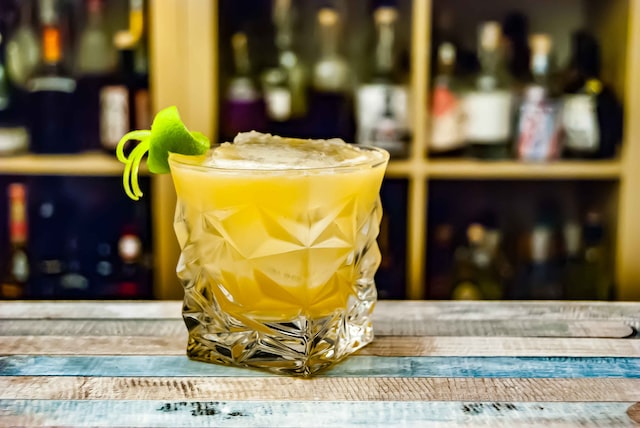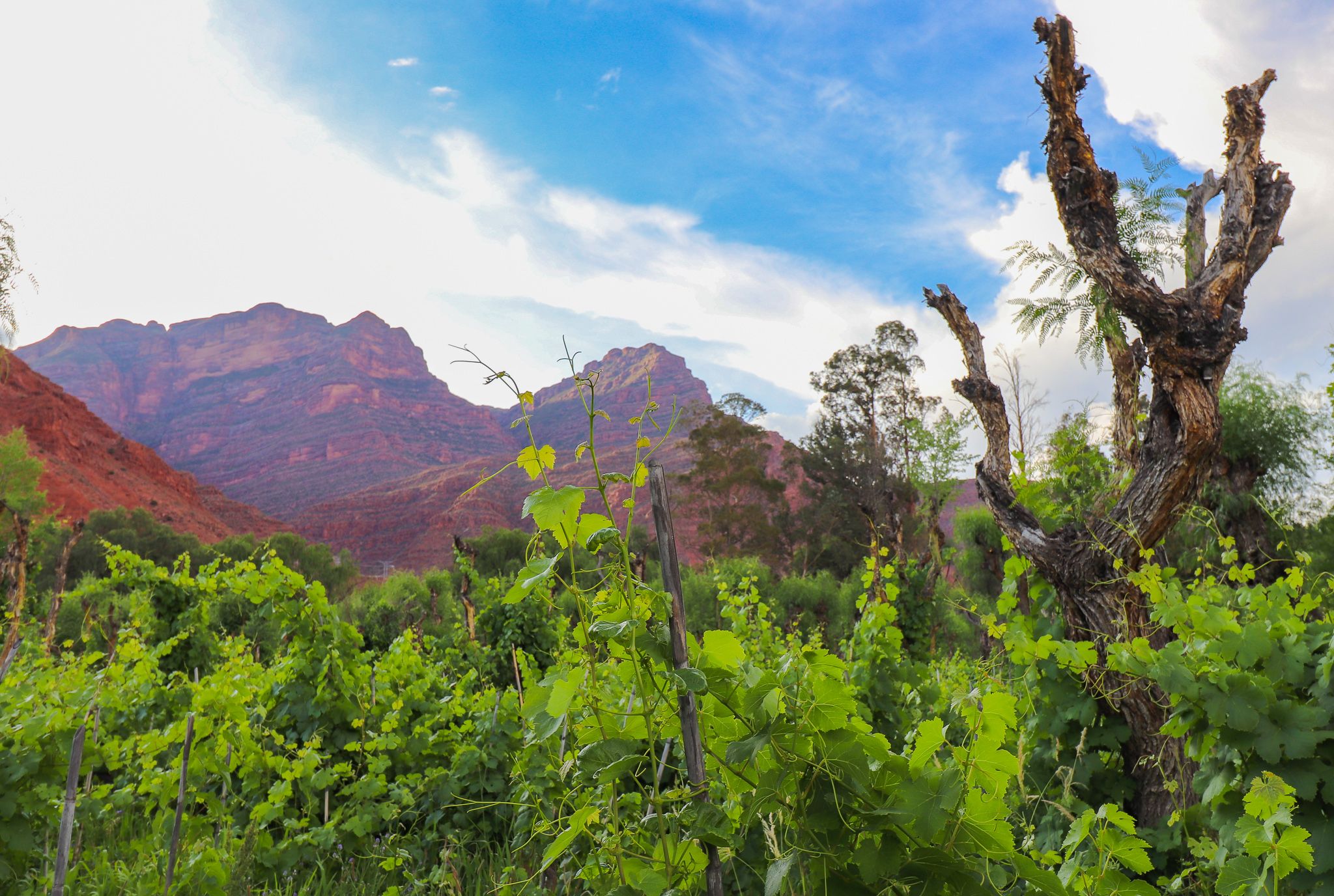Read all about the wine regions of Bolivia in our guide to the travel destinations and wines of Bolivia. Part of The South America Wine Guide
While Bolivia’s national drink is Singani, most drink it mixed in a cocktail — and specifically as a chuflay. Bertil Levin Tøttenborg, sommelier at Gustu, takes us through the interesting history and the ultimate recipe for a chuflay.
The history of the Bolivian chuflay cocktail
This long drink is the most common in Bolivia and was invented somewhere between the end of the 19th and the beginning of the 20th century. A heady mix of ginger and Singani, there are many tales of how the chuflay originated but one seems to trump all others.
It is said that while British engineers were in Bolivia building the great (and now sadly defunct) Transandean railway, they used to drink a long drink made from Gin, ginger ale and a slice of lime — similar to their own G&T at home. One day, when the gin ran out, the British engineers resorted to using the local spirit, Singani, instead. By mixing Singani with Ginger Ale and a slice of lime, they created the Chuflay — whose recipe remains the same today.
Why Chuflay instead of S&T, or perhaps S&G? There are many stories about how the unusual name came about. Some locals say that the Brits called the cocktail a “Short Fly”, railway jargon for a temporary railway line that was built to avoid an obstacle like a temporarily flooded area. Since the British only thought the shortage of gin was temporary, this was the name given to the drink. Another anecdote is that “Short Fly” was slang for a shortcut on the railway line, and this boozy cocktail was a shortcut to inebriation!
Whatever “Short Fly” referred to, it was a tricky one for locals to pronounce and its pronunciation morphed into “Chuflay”, which is what the drink is called today. Another tale around the name “Chuflay” is that the drink picked up the moniker as the British were constantly shooing away flies that swarmed the sweet drink in the summer. “Shoo, shoo fly” became “Chuflay.”



